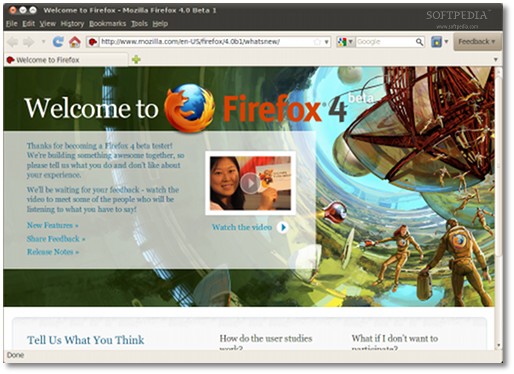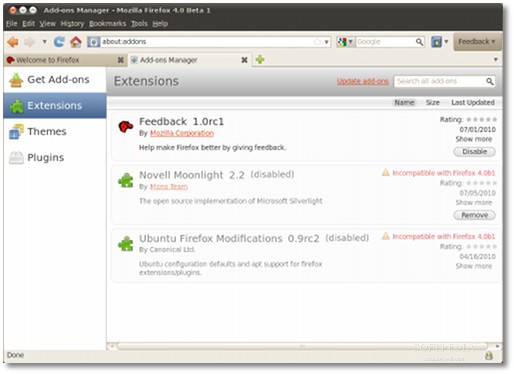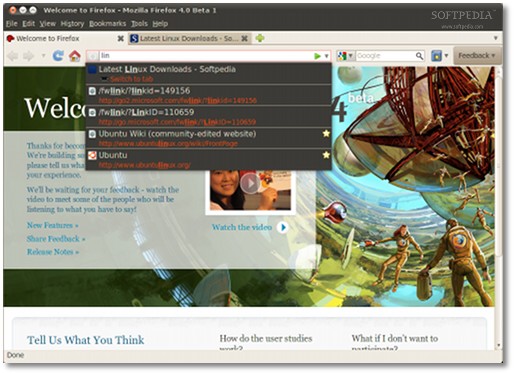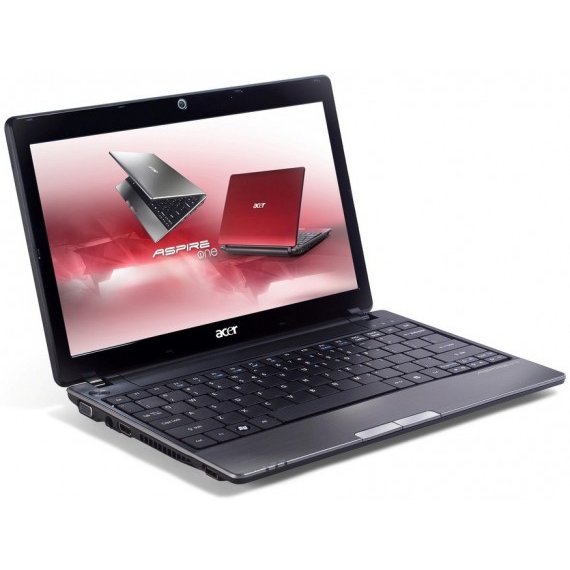The first three handsets to hit the market in July are supposedly Nokia E5-00, Sony Ericsson W20 and Samsung i5500. Nokia E5-00 has already been announced and now waits to be shipped. The smartphone takes Nokia Eseries to the next level, as it features a full QWERTY keyboard, Symbian OS v9.3 (S60 3rd Edition, Feature Pack 2), HSDPA connectivity and a powerful ARM11 600MHz CPU.
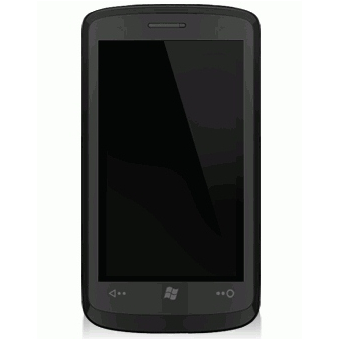
Sony Ericsson W20 is also listed on the manufacturer's website and is a mid-ranged Walkman series slider. The device will be available in three colors: Jazz Black, Chacha Silver and Swing Pink. Samsung i5500 is a cheaper alternative to high-end Android smartphones. Also known as Samsung I5500 Galaxy 5 or Samsung i5500 Corby Smartphone, it features the latest Android 2.1 OS, as well as Wi-Fi, GPS, HSDPA connectivity, a 2-megapixel camera and Touch Wiz v3.0 UI.
In August, we should expect another two handsets to hit the shelves, namely: Nokia X6 8GB and BlackBerry 9300. Announced in June 2010, Nokia X6 8GBis the mid-budget version of the X6 16GB music phone. It brings about the same features with the exception of the included memory: HSDPA 3.6 Mbps, Wi-Fi, 8GB storage memory, Symbian OS v9.4, GPS with A-GPS support, and a 5-megapixel camera.
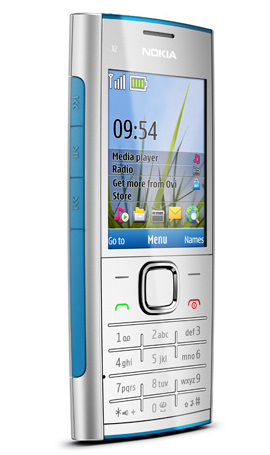
RIM's Curve 9300 is set to be released around August as well, after unconfirmed rumors already placed it as “FCC confirmed.” Little is known about the BlackBerry device, like its Kepler codename and the fact that it features a full QWERTY keyboard (d’oh) and a 3.2-megapixel camera.
September brings us two more already announced handsets: Nokia X2 and Sony Ericsson Hazel. The latter is an eco-friendly device stuffed with lots of great features: HSDPA, 7.2 Mbps (HSUPA, 2 Mbps), Wi-Fi, a 5-megapixel camera, GPS with A-GPS support, HD Voice ready function. Nokia X2 is supposed to be launched in UK stores on September 1. The candybar adds to Nokia's Xseries as a mid-budget music phone featuring: dedicated music keys, 3.5mm jack port, 48MB internal memory and microSD card slot.
More eagerly anticipated gadgets are to come in October, such as, HTC Vision and HTC Ace, Sony Ericsson XPERIA X8 (Shakira), Nokia N8 and Sony Ericsson Yendo. While there's been some talk about HTC Vision, which seems to be the QWERTY version of the HTC Desire, nothing is yet known about the HTC Ace. The Android-powered Sony Ericsson Xperia 8 has been officially announced in June and features: a 3.0-inch TFT capacitive touchscreen, Android OS, v1.6 (Donut), HSDPA and Wi-Fi connectivity, a 3.2-megapixel camera, GPS with A-GPS support and a 600MHz CPU.
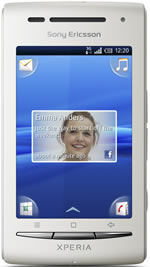
The N8 is supposed to be the new flagship of the Finnish giant. The smartphone was announced in April and there is a dedicated topic on Nokia's Official Blog where Nokia officials are demonstrating some of its capabilities. Sony Ericsson Yendo (also known as W150 TeaCake) is a low-budget Walkman handset that features a 2.6-inch TFT resistive touchscreen.
The leaked UK roadmap ends with November, some of the best devices launching close to the winter holidays: HTC Gold, Nokia E7 and Samsung i8700 Cetus. The first to run Windows Mobile 7, HTC Gold, is trying to put a stop to Android's supremacy, but chances are pretty slim.
Nokia E7 is another high-end Eseries handset expected to feature an AMOLED touchscreen, full QWERTY keyboard. E7 will be running the latest Symbian^3 OS. The last device mentioned in the leaked info is Samsung's i8700 Cetus; unfortunately, we don't know anything about it yet.
Fortunately, we will be able to confirm all the info above, as the first devices are expected to be announced in a few days.
Read ON
